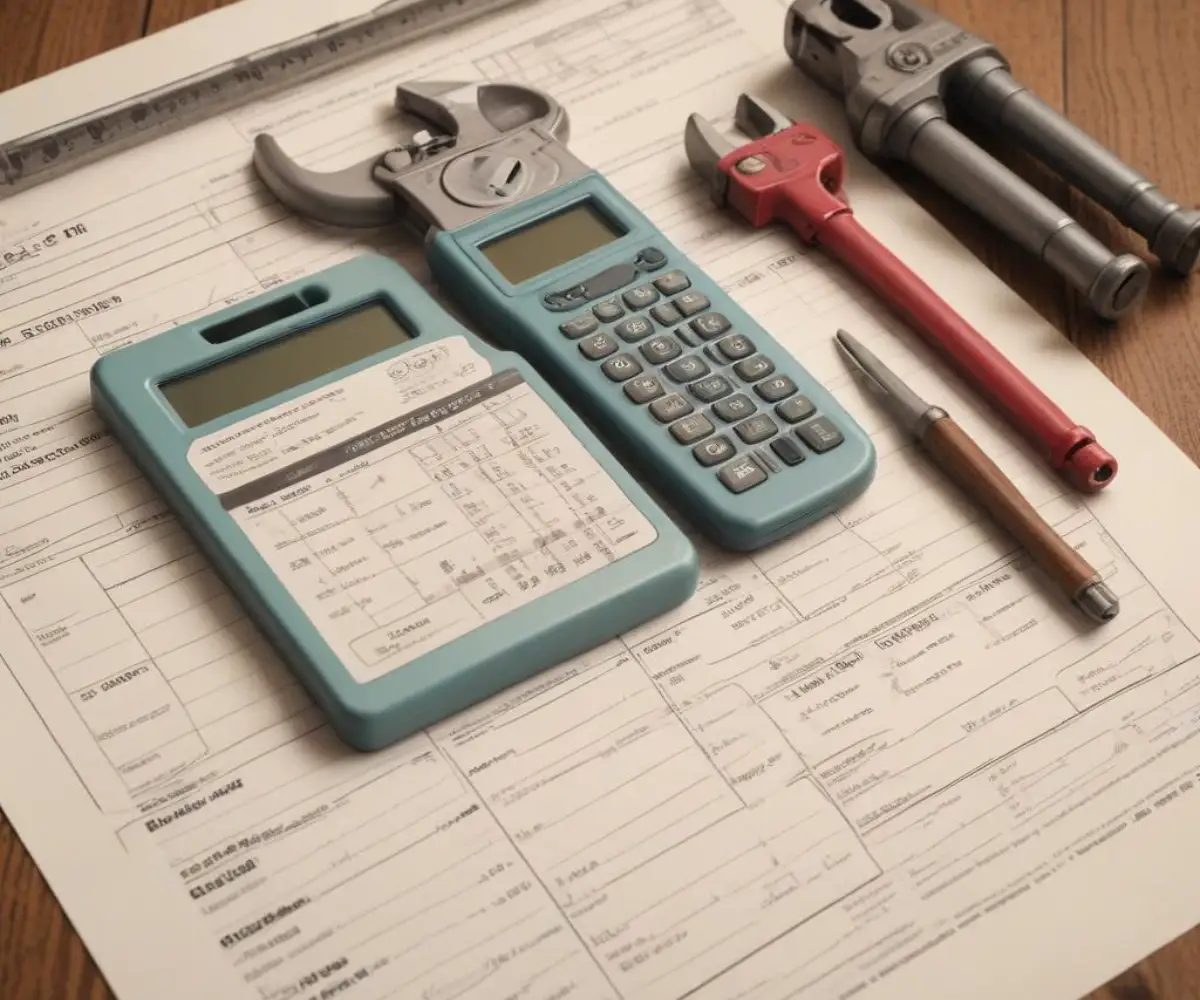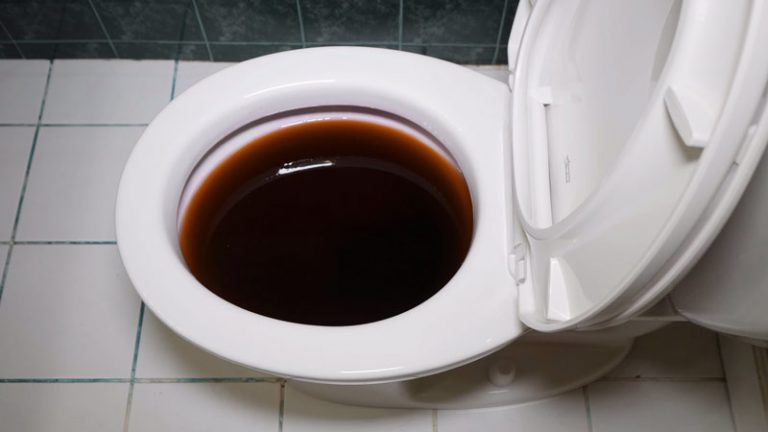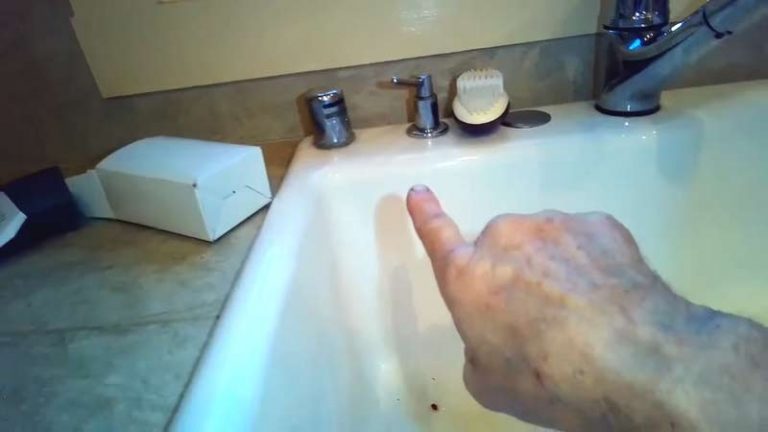Do Plumbers Send a Bill? The Surprising Truth About Paying for Service
The plumber has just left. The gushing leak under your sink is fixed, the toilet is flushing properly again, and silence has replaced the maddening drip-drip-drip that haunted your nights. A wave of relief washes over you, quickly followed by a sense of uncertainty. The plumber packed up and left with a friendly wave, but no mention of payment. Now you’re left wondering: do plumbers send a bill in the mail, or was I supposed to pay on the spot?
This is a surprisingly common and stressful situation for homeowners. The lack of a clear transaction can create anxiety about when the bill will arrive, what it will include, and whether you’ve accidentally committed a plumbing faux pas. You are not alone in this confusion. The way plumbers handle billing can seem mysterious, but it doesn’t have to be.
The truth is, the world of plumbing invoices isn’t as simple as a single “yes” or “no.” The method of payment often depends on the type of job, the company’s policies, and even your relationship with the plumber. Understanding these nuances is the key to a smooth, stress-free transaction and avoiding any costly surprises down the line.
You'll Learn About
The Short Answer: Yes, Plumbers Send Bills (But It’s Complicated)
In short, yes, plumbers do send bills, but the term “send” has evolved. While a paper invoice might arrive in your mailbox, it’s far more likely to be a digital invoice sent to your email, or even an invoice generated on a tablet for you to pay on the spot. The days of waiting weeks for a paper bill are fading for most standard service calls.
The modern plumbing industry has largely shifted towards immediate payment upon completion of the work, especially for smaller, routine jobs. However, mailed or emailed invoices are still common practice for larger, more complex projects. The key is knowing which scenario to expect.
On-the-Spot Payment: The New Standard for Service Calls
For the vast majority of residential plumbing calls, payment is expected at the time of service. Think of jobs like fixing a leaky faucet, clearing a clogged drain, or repairing a running toilet. These are typically straightforward tasks with predictable costs.
Modern plumbers are equipped to handle transactions immediately. Many carry mobile credit card readers or use apps on their phones or tablets to generate an invoice and process your payment before they even leave your driveway. This efficiency benefits both you and the plumber, ensuring they get paid promptly and you get a clear, itemized receipt right away.
Invoicing After the Fact: When to Expect a Bill Later
While less common for minor repairs, receiving a bill after the service is standard practice in several specific situations. You should anticipate a mailed or emailed invoice for larger-scale projects that require multiple visits, special-order parts, or extensive labor. This includes jobs like a full bathroom remodel, a complete repiping of your house, or a new water heater installation.
In these cases, the final cost may not be known until the project is fully complete. The invoice you receive should provide a detailed breakdown of all charges, including labor hours, materials used, and any permit fees. Typically, you can expect to receive this type of bill within a week to ten days of the project’s completion.
Decoding Plumber Billing: Key Factors That Influence How You Pay
Several factors determine whether you’ll be asked to pay immediately or be billed later. Understanding these can help you anticipate the payment process and prepare accordingly. From the scope of the work to the type of plumbing company you hire, each element plays a crucial role in the final transaction.
Emergency services, for instance, often have different billing protocols than scheduled maintenance. A frantic midnight call about a burst pipe will likely require immediate payment, often at a premium rate. In contrast, a planned installation may have a more flexible payment structure.
The Scope and Scale of the Work
This is the most significant factor. A simple, one-visit repair is almost always a “payment on completion” situation. The plumber can calculate the cost of a standard part and a flat-rate labor charge quickly and finalize the bill on-site.
Conversely, a major installation project has more variables. For instance, understanding the full Lowe’s vanity installation cost involves not just the plumber’s time but also the materials and any unforeseen challenges. Such projects often involve an initial deposit, with the final balance invoiced upon completion.
The Plumbing Company’s Policies
A solo, independent plumber might have more flexible payment terms than a large, national franchise. Large companies often have standardized, corporate-wide billing procedures that their technicians must follow, which usually means collecting payment at the time of service.
An independent plumber you have a long-standing relationship with might be more willing to send you an invoice, especially if they know you’re a reliable client. However, for their own cash flow, most small business owners also prefer prompt payment.

Emergency vs. Scheduled Service
Emergency calls that occur after normal business hours, on weekends, or on holidays almost always require immediate payment. These services come at a premium, and plumbing companies want to ensure they are compensated for the inconvenience and urgency.
For a scheduled service, like an annual water heater flush, the payment process is usually discussed and agreed upon when you book the appointment. This eliminates any confusion on the day of the service.
Understanding the Anatomy of a Plumbing Bill
Whether you pay on the spot or receive an invoice later, the bill itself should be clear and detailed. A professional plumbing invoice is more than just a number; it’s a transparent record of the work performed. It serves as your receipt and proof of service, which can be important for warranties or home insurance purposes.
It’s crucial to review every line item to ensure it matches the initial quote and the work you saw performed. Don’t hesitate to ask questions if something is unclear. A reputable plumber will be happy to walk you through the charges.
What to Look For on Your Invoice
A proper plumbing bill should always be itemized. This means it breaks down the total cost into specific categories. You should see separate charges for labor and materials. Labor might be charged as a flat rate for a specific job or as an hourly rate.
The invoice should also clearly list all parts and materials used, from pipes and fittings to new fixtures. Any additional fees, such as a “trip charge” or “service call fee,” should also be explicitly stated. This fee covers the plumber’s time and travel costs for coming to your home to diagnose the issue.
| Job Type | Typical Billing Method | Common Payment Timeframe | Accepted Payment Options |
|---|---|---|---|
| Minor Leak Repair (Faucet, Toilet) | Payment on Completion | Immediate | Credit Card, Debit Card, Check, Cash |
| Standard Drain Cleaning | Payment on Completion | Immediate | Credit Card, Debit Card, Check |
| Water Heater Installation | Invoice Sent or Pay on Completion | Immediate to 10 Days | Credit/Debit, Check, Financing |
| Major Remodel or Repiping | Deposit + Progress Payments + Final Invoice | Per Contract Terms | Check, Bank Transfer, Financing |
| Emergency After-Hours Call | Payment on Completion | Immediate | Credit Card, Debit Card |
Proactive Steps for a Smooth Billing Process
The best way to avoid any billing confusion is to be proactive. Taking a few simple steps before, during, and after the service call can ensure a transparent and stress-free experience. Never be afraid to talk about money upfront.
A professional plumber expects to discuss costs and payment procedures with you. It’s a standard part of doing business and protects both you and them. Clear communication is the foundation of a good customer-provider relationship.
1. Ask About Billing Policies When You Call
When you first schedule the appointment, make it a point to ask about their payment policies. This is the perfect time to clarify any doubts. You can simply ask, “Do you require payment at the time of service, or will you send me a bill?” Also, inquire about the forms of payment they accept (credit card, check, etc.).
This simple, upfront question sets clear expectations from the very beginning. It eliminates the awkwardness of wondering what to do when the job is done and shows the plumbing company that you are a responsible customer.
2. Always Get a Written Estimate Before Work Begins
For any job more complex than a simple clog, insist on a written estimate before the plumber starts working. This document is your most important tool. It should detail the scope of the work, the estimated cost of parts, the labor rate, and the total anticipated cost.
This is crucial for larger projects. For example, before you start a major upgrade, you need to understand all the associated expenses, much like you would when evaluating if switching from propane to electric water heater is a cost-effective move. The estimate provides a baseline against which you can compare the final invoice.
3. Review the Final Invoice Carefully
Before you hand over your credit card or sign a check, take a moment to review the final bill. Compare the charges to the written estimate you received. While minor variations can occur, especially if an unexpected issue arose, any significant discrepancies should be questioned.
Politely ask the plumber to explain any charges you don’t understand. A reputable professional will have no problem justifying the costs and explaining the work they performed. This step is vital, especially when you are trying to determine if a large-scale renovation is worth the investment and are asking yourself, “Is Re-Bath too expensive?“
Billing Red Flags to Watch Out For
While most plumbers are honest professionals, it’s wise to be aware of certain red flags that could signal a problem. Being an informed consumer can protect you from being overcharged or receiving subpar work. Trust your instincts; if a billing practice seems unusual or makes you uncomfortable, it’s worth questioning.
These warning signs aren’t always proof of a scam, but they do warrant caution and further clarification. A transparent and professional plumber will have clear, straightforward billing practices that they can easily explain.
Vague or Verbal-Only Quotes
A major red flag is a plumber’s reluctance to provide a written estimate. A vague verbal quote of “it’ll probably be a few hundred dollars” is not a substitute for a detailed, written agreement. Without a written estimate, it becomes your word against theirs if a dispute arises over the final bill.
Always get the costs in writing. This protects you from a “bait and switch” scenario, where a low verbal estimate is replaced by a much higher final invoice.
Pressure to Pay in Cash With No Invoice
Be wary of any plumber who insists on being paid in cash and is hesitant to provide a formal invoice or receipt. While some small operators may offer a slight discount for cash, a high-pressure tactic could be a sign that they are trying to avoid taxes or are not operating a licensed, insured business.
Without a proper invoice, you have no official record of the transaction. This can be problematic if an issue arises with the repair later and you need to prove the work was done under warranty.
The Bottom Line: Communication is Your Best Tool
So, do plumbers send a bill? The answer is a nuanced “sometimes.” For most small-scale, routine repairs, the industry standard is to pay on the spot. For larger, more complex projects, receiving an invoice after the work is complete is still common practice.
Ultimately, the power to avoid confusion and ensure a fair transaction lies in your hands. The single most important takeaway is to communicate clearly about payment before any work begins. By asking the right questions upfront, getting a written estimate, and carefully reviewing your final invoice, you can demystify the process and pay for your plumbing services with confidence and peace of mind.


